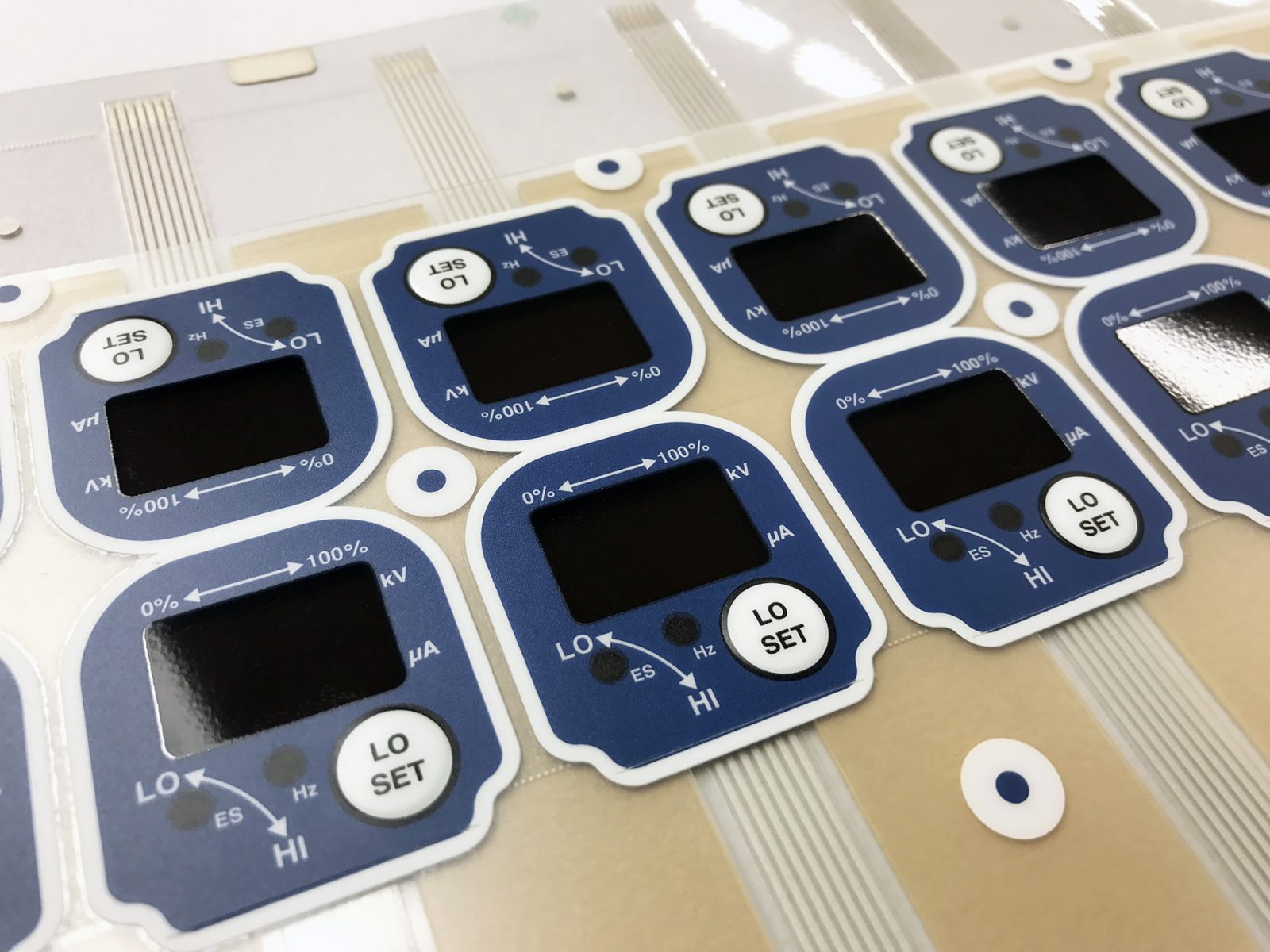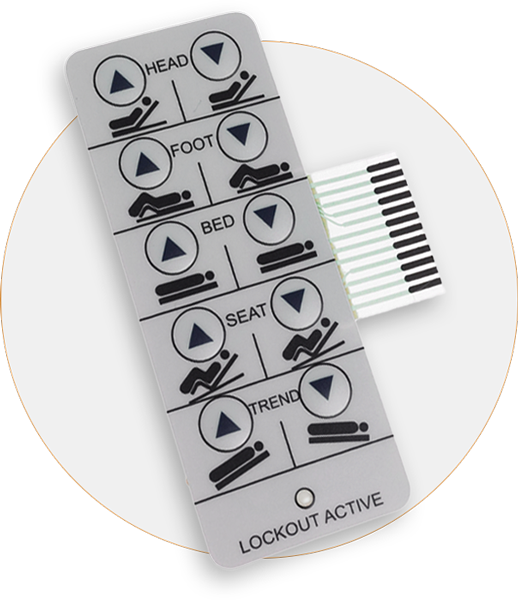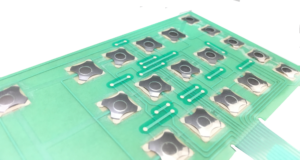Why Membrane Layer Changes Are Necessary for Durable Control Systems
Membrane buttons play a critical function in ensuring the toughness and integrity of control systems across different industries. Their one-of-a-kind building and construction enables them to withstand challenging ecological elements such as moisture, temperature level extremes, and physical wear. This strength not just extends the lifespan of the systems they serve yet additionally minimizes maintenance needs. As we discover the diverse advantages of membrane layer switches, it becomes evident that their value goes beyond mere performance, influencing customer experience and operational efficiency. What more ramifications do these qualities hold for the future of control system style?
Review of Membrane Switches
Membrane switches are functional and dependable elements typically used in different electronic control systems. The graphic overlay supplies both practical and aesthetic style, while the spacer layer makes sure that the switches are triggered just when pressed.
Membrane switches are frequently favored in applications requiring a compact and lightweight layout, making them ideal for portable tools, clinical devices, and industrial machinery. They can be customized to meet specific customer demands and can incorporate different functions such as backlighting, responsive responses, and several colors. Additionally, membrane layer buttons are immune to dirt, moisture, and contaminants, making them ideal for settings where sturdiness is vital.
Advantages of Sturdiness
In several applications, the durability of membrane layer switches over deals considerable benefits that enhance their general efficiency and integrity. These buttons are designed to endure rough environments, making them excellent for usage in demanding problems such as high humidity, severe temperature levels, and exposure to chemicals. Their durable construction aids to stop damage from physical influence, guaranteeing long-lasting capability and minimizing the need for frequent substitutes.
Additionally, membrane buttons are resistant to wear and tear, which is crucial in applications where regular communication occurs. This longevity equates to reduce upkeep costs, as companies benefit from decreased downtime and less solution interruptions. Moreover, the encapsulated style of membrane switches over protects internal elements from dust and dampness ingress, further adding to their life-span.
Another benefit is their ability to preserve constant efficiency gradually. With a high resistance for mechanical stress and anxiety, these switches protect their responsive comments and electric stability, ensuring customer satisfaction. Eventually, the durability of membrane changes not just boosts functional effectiveness however also promotes self-confidence in their integrity, making them a recommended selection for control systems across different markets.
Applications in Numerous Industries
Durable control systems utilizing membrane layer buttons discover considerable applications across a variety of sectors, each taking advantage of the special qualities these switches offer. In the medical market, membrane switches are critical for tools such as individual displays and analysis equipment, where reliability and convenience of cleaning are extremely important. Their resistance to wetness and pollutants guarantees they preserve functionality in sterilized atmospheres.
The automobile industry leverages membrane buttons for control panel controls and infomercial systems, where they offer sleek, low-profile user interfaces that boost customer experience. These buttons are additionally made to hold up against severe conditions, consisting of direct exposure to severe temperature levels and vibrations.
In industrial setups, membrane switches are generally used in machinery control panels, providing tactile feedback and sturdiness necessary for high-usage applications. Their ability to stand up to chemicals makes them appropriate for making settings where spills and impurities are regular.

Customer electronic devices, such as kitchen area home appliances and remotes, additionally use membrane layer switches for their convenience and cost-effectiveness. In general, the click here now adaptability and durable nature of membrane layer changes make them crucial throughout numerous markets, making certain effective operation and longevity in control systems.
Style and Visual Charm
While functionality is paramount, the style and visual charm of control systems geared up with membrane buttons play a critical function in customer interaction and overall experience (membrane switch). The aesthetic look here layout of these switches can significantly affect user understanding and communication. A well-designed membrane layer button enhances the beauty of the tool, making it more enticing to customers and cultivating a connection between the customer and the item
Membrane changes provide a large amount of versatility in design, permitting makers to tailor graphics, colors, and textures to line up with brand identity and product looks. The use of dynamic shades and distinctive patterns can attract focus, while responsive comments can enhance the customer's interaction with the device. Furthermore, the capacity to incorporate LED signs and backlighting into the membrane button layout offers both functional and aesthetic benefits, improving visibility and usability in different settings.

Enhancing Customer Experience

Additionally, membrane layer buttons can be personalized to integrate graphical interfaces, enhancing use by presenting information in visit this site right here a clear and intuitive manner (membrane switch). This personalization can include icons, labels, and color coding that guide customers with complicated functionalities effortlessly. In addition, their convenience permits assimilation in various atmospheres, making certain constant efficiency whether in industrial equipment or customer electronic devices
The resilience of membrane layer switches likewise plays a critical role in user experience. By enduring harsh problems and expanded use, these buttons minimize the chance of system failures, therefore promoting dependability and user self-confidence. Ultimately, the critical use membrane layer switches over not just elevates performance but also considerably enriches user communication with control systems, making them an essential part in contemporary layout.
Verdict
